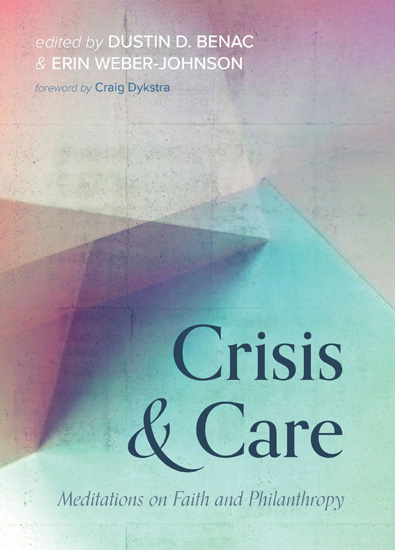It may be risky to talk about congregations and money at the moment, when so much is in flux, but there is something interesting to report on this subject from the 1998 and 2006-07 National Congregations Studies.
Adjusting for inflation, the average congregation’s budget and income increased in the last decade by approximately 20 percent. (Congregations’ budget and income numbers are very similar because congregations spend nearly everything they take in—sometimes more than they take in!--each year.) Congregations’ costs increase every year, and loyal members increase their giving every year to meet those costs as best they can.
At the same time, congregations’ giving to their denominations declined in inflation-adjusted dollars. Since 1998, congregations’ income and spending outpaced inflation, but the amount of money congregations passed along to their denominations lost ground against inflation. This is because congregations are spending a higher portion of their money to meet the ever-increasing costs of running a congregation. This is why many denominational agencies experienced financial crisis long before the current global financial crisis.
Financial information is probably the most difficult kind of information about congregations to gather and make sense of, so these numbers should not be taken too literally. Still, they provide a qualitatively accurate picture of basic trends in congregational income, spending, and giving to denominations. Among the reasons for confidence in this regard is that the changes described above are consistent with longer-term trends documented in the latest installment of John and Sylvia Ronsvalle’s annual analysis of religious giving, The State of Church Giving Through 2006 (Champaign, IL: empty tomb, inc.). Their comprehensive analysis of financial data gathered by dozens of denominations shows that giving to congregations has outpaced inflation in recent decades. But a higher and higher percentage of that giving directly funds local, internal operations. Importantly, it’s not just congregational giving to denominations that has lost ground. The Ronsvalles report that “benevolence” spending declined from 21 percent of all congregational spending in 1968 to 15 percent in 2006.
Some may think that congregations give less to denominations because they prefer to spend their charitable or benevolence dollars locally. Congregations are just as outward-focused as they used to be, this story goes, but they now like to see the impact of their spending in their own communities. But the evidence does not support this story, since both congregational giving to denominations and congregational spending outside their own doors are down. Giving to denominations has not been replaced by local benevolence spending. Rather, the ever increasing costs of running a congregation—salaries and benefits, heat and electric, and so on—are replacing both giving to denominations and local charitable spending.
How, if at all, will the current financial crisis change this picture? It’s hard to say, but I think there is reason to worry that the decades-long trend by which religious giving has increased faster than inflation could be threatened by a deep recession. Tough economic times surely will mean less giving to congregations, even if it also means more people turning to congregations for material help. Just how financially stressful this period will be for congregations, denominations, and other religious organizations remains to be seen.













